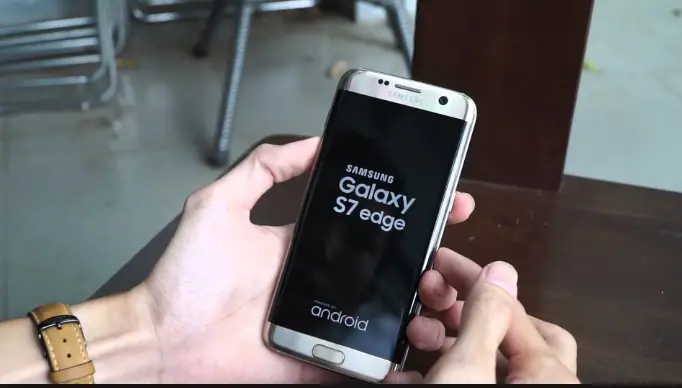We already learned that taking decisions in pricing is a very complex task. After producing a product, any company does not set a single price for its product. They develop a pricing strategy. Companies change their pricing strategies when a product moves through its life cycle stages. They do that for two reasons:
- Maintain balance in cost & demand
- Take care of buyers’ situation
If the competitive environment changes, others take the advantage of this situation. Usually, a pricing strategy changes when the product moves through the life cycle. The opening stage is always challenging. Every company faces the challenge of its first product’s pricing strategies. However, enhance yourself by learning market leader strategies.
They can choose two strategies:
- Market skimming pricing
- Market penetration pricing
Market skimming pricing: Market skimming pricing is a process in which a company set a high price for a new product & skims maximum revenues layer by layer from the targets. These segments are willing to pay a high price for the product. From this strategy, the company makes fewer but maximum profitable sales. explore – Consumer interpretations of price.
Let’s see an example: Samsung, a mobile phone producing company. When Samsung introduced the Galaxy S-7 edge, it kept its initial price at $800 (approximately). At that time, this phone was only purchased by those who really wanted this new phone & could afford this high price. Six months later, its price dropped to $750 (approximately) within a year. After 1 year, It dropped price again to $650 (approximately). In this way, Samsung has skimmed the maximum amount of revenue.

This strategy makes sense under certain conditions like-
- Product Quality
- Image
- Enough buyers who want this
- Don’t charge high for the low-quality product
- Competitors can’t easily enter
Market penetration pricing: Market penetration pricing is a process in which a company set a low price for a new product so that it can attract a large number of buyers & a large market share. Some companies avoid setting high prices; they set initially low prices to penetrate the market quickly & deeply & they can able to attract a large number of buyers easily. Enhance yourself on – price adjustment strategies.
Let’s see an example: London, a well-known Chinese & fast restaurant in our country. When this restaurant starts its business, they keep the low price for any food items. They also provide free home delivery services. After 2 years, they get popular. Now, what can they do?
They increase their pricing for every food item. Again after 1 year, they are taking the price for home delivery & then free home delivery was just a dream for customers. In this way, London has penetrated the market & attracts a large number of buyers. Check – price elasticity.

Obviously, several conditions must meet through this strategy. Such as:
- Price sensitive market
- Low price produces more market growth
- Sales volume increase besides production n& distribution costs reduced
- Low price helps to kick out the competitors
- The low price must maintain its position
This price advantage is only for temporary satisfaction. Finally, it can be said that market skimming is useful for getting maximum revenue & market penetration is useful for attracting a large number of buyers & growing market share. Learn more about – price-quality relationships.
